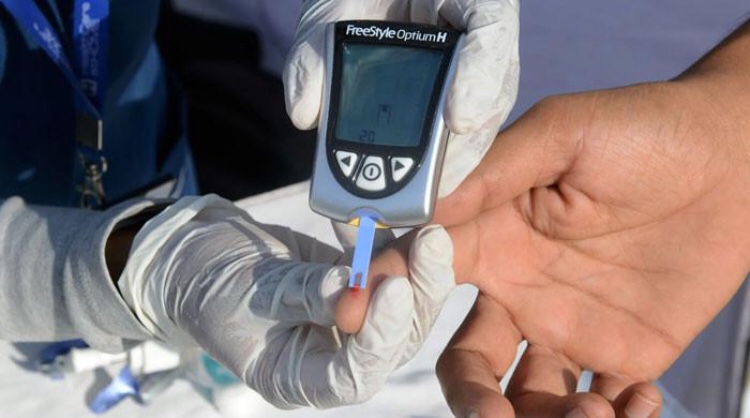
Given the likelihood that diabetes runs in your family, you have probably heard a lot about the disease — although it’s difficult to completely rule out the possibility that lifestyle choices and genetics will contribute to the condition, inheriting “diabetic” genes from one or both parents is likely to raise an individual’s risk.
However, a person’s susceptibility to diabetes need not be based solely on their family history. Diabetes can be postponed or even completely avoided with a healthy lifestyle.
Your chance of having diabetes is determined by your lifestyle choices, stress management techniques, amount of physical activity, and exposure to environmental factors, regardless of your genetic makeup.
Everybody may avoid developing diabetes by making a few simple lifestyle adjustments. Here are five simple things you may do to lower your chance of contracting the illness.
Lose extra weight
Obesity doubles and triples the chance of having diabetes. You are more likely to have Type 2 diabetes if you are overweight. Though not everyone with Type 2 diabetes is fat or overweight, a significant family history increases the likelihood of developing the disease early in life.
Consult your physician about managing your weight and set realistic short-term objectives. To lose excess body fat, a balanced diet and regular exercise are essential.
Drink plenty of water
Water is essential to your weight loss regimen. If your blood sugar is elevated, make an effort to replenish your body with enough water. This will assist your kidney in eliminating extra sugar from your urine.
Water should not be used in place of soft drinks or other liquids since this can increase blood sugar levels and cause more glucose to collect rather than be flushed away.
“We need water to rehydrate our blood when the body tries to remove excess glucose through urine because it contains no calories or carbs,” said an Amri Hospital diabetologist.
Be physically active
Maintaining your fitness level is essential to lowering your risk of diabetes. Living a sedentary lifestyle lowers your chances of developing diabetes and other potentially fatal illnesses. It’s not necessary to spend all of your savings on a gym membership.
Begin with easy exercises like yoga, aerobics, cycling, and walks in the morning or evening. The idea is to move your body as much as possible to maintain blood sugar regulation and to spend some time engaging in activities you enjoy.
Check your blood sugar levels
Sometimes a person’s body begins to exhibit symptoms such as increased thirst, hazy vision, frequent urination, or persistent hunger pangs prior to developing diabetes. The body may experience high blood glucose levels under such circumstances.
Keep a close check on your general health and get checked every six months if you have a family history of diabetes, especially after the age of 35, to prevent developing a chronic illness.
Additionally, monitor blood pressure, heart, kidney, and eye health, as these are frequently impacted by diabetes.
Manage your diet
Eating a balanced diet is crucial to managing type II diabetes. Eat fewer high-carb foods every day and increase your intake of proteins and foods high in fibre.
Whole grains, fruits, vegetables, legumes, and veggies are more satiating and high in energy foods that support intestinal health.
You can control your insulin and blood sugar levels by controlling the size of your portions. Eat substantial meals for lunch and dinner, as well as little, healthful snacks spaced out over a few hours.
Diabetes is primarily a lifestyle illness. It is manageable if a healthy lifestyle is adopted. In the event that diabetes runs in your family, educate yourself on the condition, recognise its symptoms, and take early action to lessen the difficulties that come with it. Talking with your family physician and getting started on it are beneficial.








